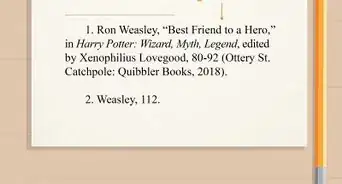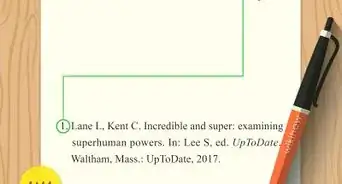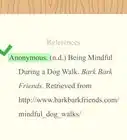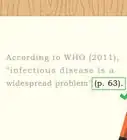This article was co-authored by wikiHow staff writer, Jennifer Mueller, JD. Jennifer Mueller is a wikiHow Content Creator. She specializes in reviewing, fact-checking, and evaluating wikiHow's content to ensure thoroughness and accuracy. Jennifer holds a JD from Indiana University Maurer School of Law in 2006.
This article has been viewed 35,498 times.
Learn more...
When writing a research paper or report, you may want to interview an expert on the topic or ask specific questions using email. If you decide to use information from that email in your own text, however, you'll have to cite the email so your readers know it isn't your original work. The specific format of your citation will vary depending on whether you're using the Modern Language Association (MLA), American Psychological Association (APA), or Chicago citation style.
Things You Should Know
- The process to cite an email is a little different depending on whether you're using the MLA, APA, or Chicago citation style.
- When citing a personal email in the APA format, stick to in-text citations only—there's no need to add the email address to your reference list.
- Use the subject line of the message as the title in both MLA and Chicago styles.
Steps
MLA
-
1Start your "Works Cited" entry with the name of the author. The author of the email is the person who wrote it to you. List their last name first, followed by a comma. Add their first name, then place a period at the end of their name.[1]
- Example: Lane, Lois.
-
2Provide the subject line of the email in quotation marks. The next part of your "Works Cited" entry is where you would normally put a title. For an email, the title is the subject line. Since the writer was most likely responding to your original query, start the title with "Re:" followed by the subject you initially provided. Place a period at the end, inside the closing quotation marks.[2]
- Example: Lane, Lois. "Re: Falling in Love with a Superhero."
Advertisement -
3Indicate the recipient of the email. In many cases, you will be the recipient. If the email exchange was between 2 other people, you would list the other person's name. Type "Received by" followed by the first and last name of the recipient. Place a comma after the name.[3]
- Example: Lane, Lois. "Re: Falling in Love with a Superhero." Received by Sally Sunshine,
-
4End your citation with the date the email was received. Type the date the email was received using day-month-year format. Abbreviate the name of the month using the standard 3-letter abbreviations. If the email was received by someone else, look for the date it was sent and use that.[4]
- Example: Lane, Lois. "Re: Falling in Love with a Superhero." Received by Sally Sunshine, 18 Jul. 2018.
-
5Identify the email as an interview response. In some cases, you may have sent a series of questions for the person to answer. If you intended the email exchange to be a more formal interview with multiple questions and answers, you can let your readers know this at the end of your "Works Cited" entry.[5]
- Example: Lane, Lois. "Re: Falling in Love with a Superhero." Received by Sally Sunshine, 18 Jul. 2018. Email interview.
-
6Use the last name of the writer in your in-text citation. MLA guidelines require a parenthetical citation after any sentence in which you paraphrase or quote a source. Normally, the parenthetical citation includes the last name of the author and the page number where the material you mentioned appears. Since emails don't have page numbers, only the last name of the writer of the email would appear in your parenthetical citation.[6]
- Example: (Lane).
APA
-
1Verify the identity of the sender before citing an email. It is possible to send an email disguised as someone else. Particularly if you are engaging in email correspondence with someone you don't know personally, the APA recommends contacting them to verify that they actually wrote the email you received.[7]
- A simple phone call is typically all that it takes to verify that the email was written by the person you believe it was.
- You might also confirm with them that they don't have any issues with you using the email in your research paper. Depending on the sensitivity of the subject matter discussed, they may be reluctant to have it cited in a paper.
-
2Cite personal communications in-text only. The APA style guide doesn't recommend including a full citation of an email in your reference list. Particularly if the email is in your personal possession, it doesn't contain any information that a reader or other researcher could access.[8]
- You're still expected to include a parenthetical citation in-text so that your readers know you are quoting or paraphrasing the words of someone else.
-
3Start your in-text citation with the initials and last name of the writer. A typical APA parenthetical citation uses the author-year format. In the case of an email, the author is the person who wrote the email. Provide their first initial and last name, followed by a comma.[9]
- Example: (L. Lane,
-
4Include the phrase "personal communication." Following the author's name, type the phrase "personal communication" followed by a comma. This phrase lets your readers know that you were the recipient of the email. If your readers are familiar with APA style, it also lets them know that there won't be a full citation in your reference list.[10]
- Example: (L. Lane, personal communication,
-
5Provide as specific a date as possible. The usual APA parenthetical citation would include only the year that the source was published. However, with emails you want to include at least the day and month. Write the date in month-day-year format, without abbreviating the name of the month. Close parentheses after the date.[11]
- Example: (L. Lane, personal communication, July 18, 2018)
- If you received multiple emails from the same person over the course of one day, you might also include a time-stamp when the email was received. For example: (L. Lane, personal communication, July 18, 2018, 12:40:07 p.m.)
Chicago
-
1Begin your bibliography citation with the author's name. Type the last name of the person who wrote the email, then a comma. Write their first name after the comma. Place a period at the end of the person's name to round out the first section of your citation.[12]
- Example: Lane, Lois.
-
2Provide a title for the email. After the person's name, use the subject line of the email as the title. Put it in quotation marks, using title case. Generally, you'll capitalize all nouns, pronouns, adjectives, verbs, and adverbs in the subject line. Place a period at the end of the title, inside the last quotation marks.[13]
- Example: Lane, Lois. "Falling in Love with a Superhero."
-
3Include a description with the name of the recipient. After the title, use the phrase "Email message to" followed by the name of the recipient. The recipient's name is listed using the standard first name-last name format. Place a comma after the name.[14]
- Example: Lane, Lois. "Falling in Love with a Superhero." Email message to Sally Sunshine,
-
4Close your bibliography citation with the date the email was received. After the recipient's name, provide the date using month-day-year format. Do not abbreviate the name of the month. Place a period at the end of the date.[15]
- Example: Lane, Lois. "Falling in Love with a Superhero." Email message to Sally Sunshine, July 18, 2018.
-
5Alter the bibliographic format for footnotes. When you paraphrase or quote the email in the body of your paper, you'll use a footnote for in-text citation. The footnote contains the same information as the bibliographic citation. However, the author's name is listed in standard first name-last name format, and the periods are replaced with commas (except the period at the end).[16]
- Example: Lois Lane, "Falling in Love with a Superhero," email message to Sally Sunshine, July 18, 2018.
Warnings
- Check with your instructor or supervisor before using personal emails as sources for a research paper or project. They may want you to include copies of the emails with your paper so they can independently verify the source.⧼thumbs_response⧽
References
- ↑ https://owl.purdue.edu/owl/research_and_citation/mla_style/mla_formatting_and_style_guide/mla_works_cited_electronic_sources.html
- ↑ https://owl.purdue.edu/owl/research_and_citation/mla_style/mla_formatting_and_style_guide/mla_works_cited_electronic_sources.html
- ↑ https://owl.purdue.edu/owl/research_and_citation/mla_style/mla_formatting_and_style_guide/mla_works_cited_electronic_sources.html
- ↑ https://owl.purdue.edu/owl/research_and_citation/mla_style/mla_formatting_and_style_guide/mla_works_cited_electronic_sources.html
- ↑ https://columbiacollege-ca.libguides.com/mla/interviews
- ↑ https://columbiacollege-ca.libguides.com/mla/interviews
- ↑ http://www.apastyle.org/learn/faqs/cite-individual-email.aspx
- ↑ http://www.apastyle.org/learn/faqs/cite-individual-email.aspx
- ↑ http://www.apastyle.org/learn/faqs/cite-individual-email.aspx
- ↑ http://www.apastyle.org/learn/faqs/cite-individual-email.aspx
- ↑ http://www.apastyle.org/learn/faqs/cite-individual-email.aspx
- ↑ https://library.menloschool.org/chicago/letter
- ↑ https://library.menloschool.org/chicago/letter
- ↑ https://library.menloschool.org/chicago/letter
- ↑ https://library.menloschool.org/chicago/letter
- ↑ https://library.menloschool.org/chicago/letter

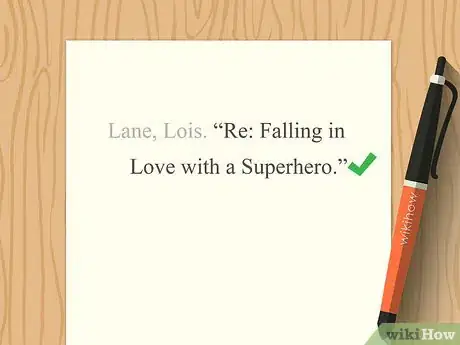
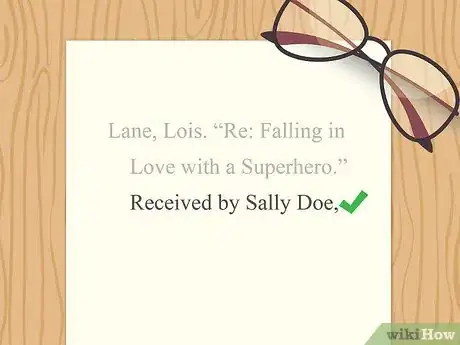
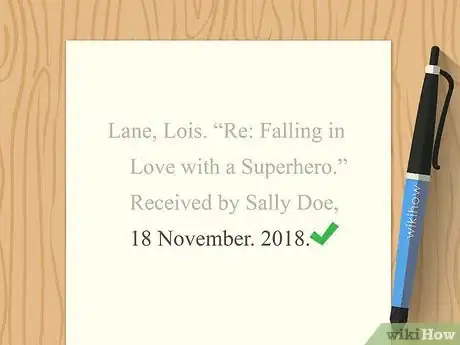
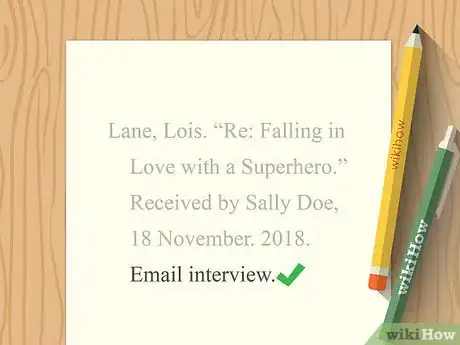
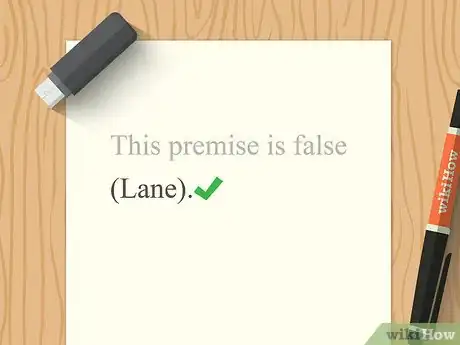
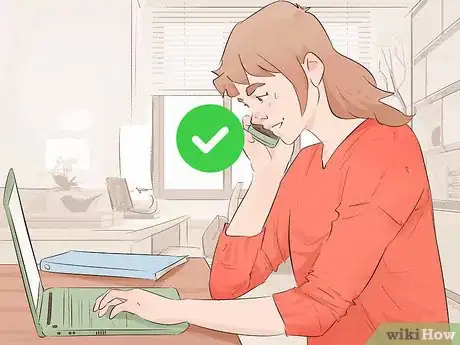

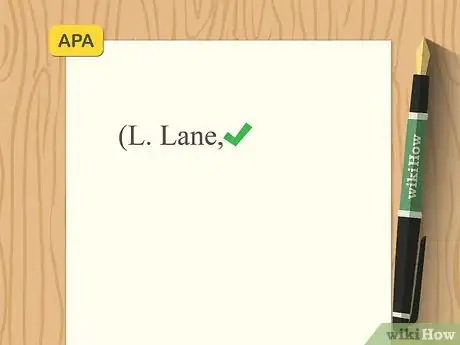
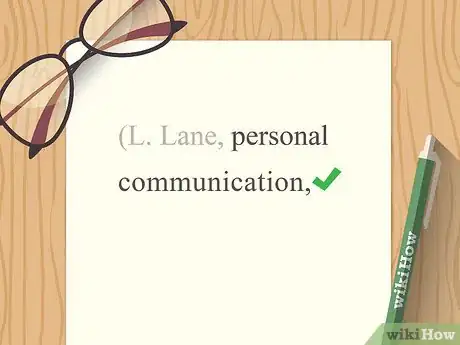
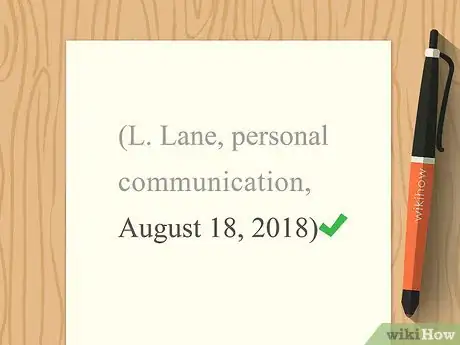

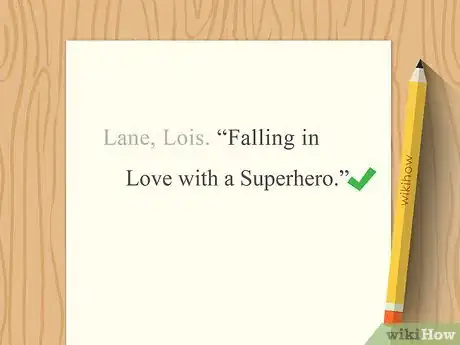
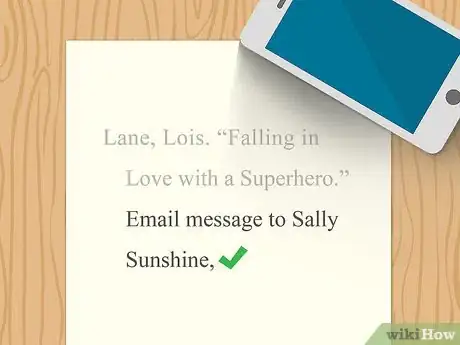

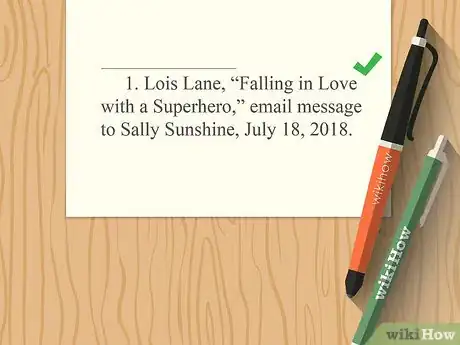
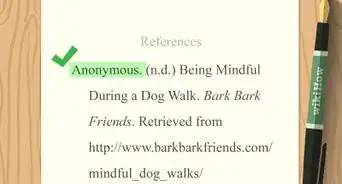

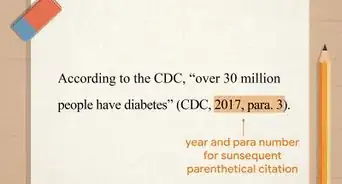

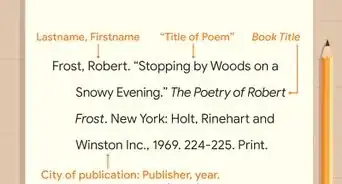
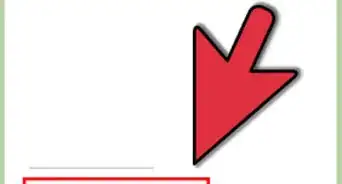
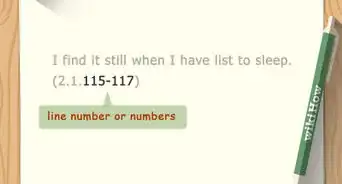


-Step-18.webp)


